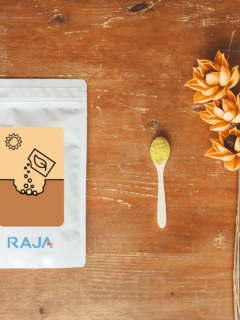Le carton et le papier sont très utilisés pour l’emballage, car ce sont des matériaux souples et légers.
Mais si ces deux matières, fabriquées à partir des fibres de cellulose du bois des arbres, se dégradent plus vite que le plastique, leur fabrication n’en reste pas moins polluante. La production du papier et du carton nécessite d’abattre de nombreux arbres, mais surtout une grande quantité d’eau et d’énergie durant les phases de traitement.
Utiliser des cartons et des papiers recyclés pour les emballages industriels de son entreprise est l’un des moyens-phares d’adopter une stratégie logistique plus éco-responsable.
Où en sommes-nous du recyclage du papier? Quels types de papier et de carton choisir pour vos emballages ? Réponses dans cet article.
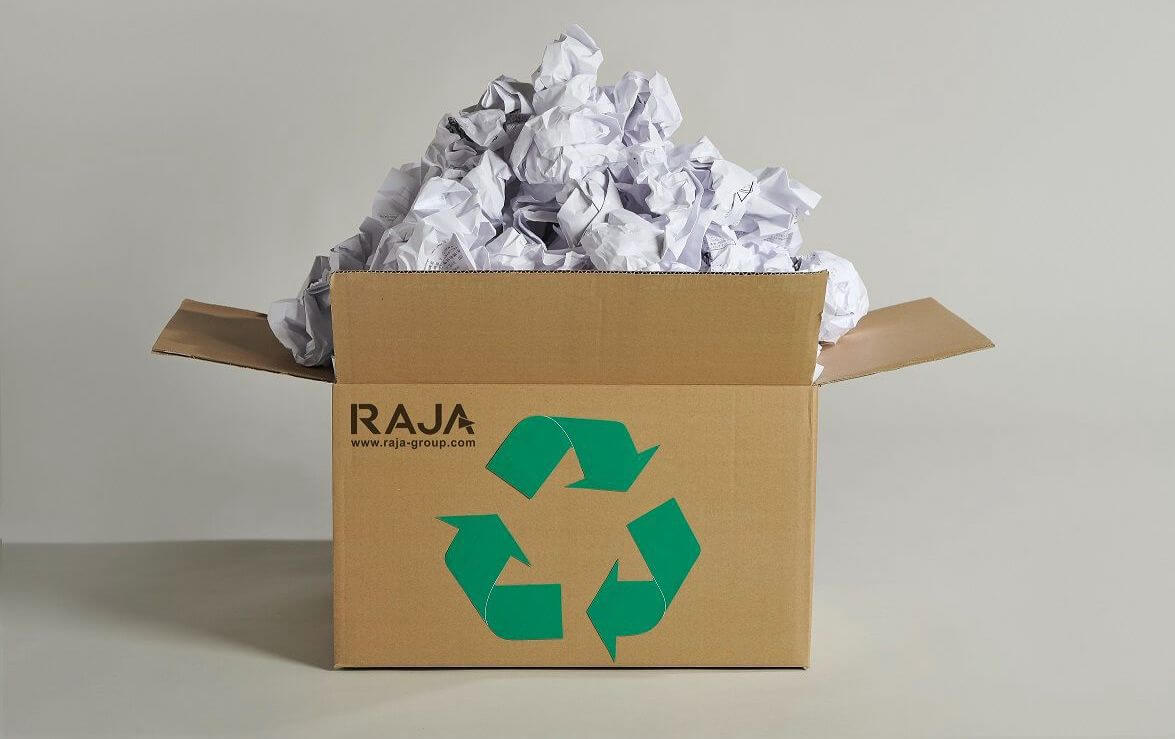
État de l’art du recyclage du carton et du papier
La catégorie des déchets papier-carton représente un taux de recyclage de 64% en France. Le papier peut se recycl
- Recycled paper or cardboard: obtained from the recovery of used paper or cardboard, not from the raw material wood.
- Ecological paper or cardboard: made from wood cellulose fibres, extracted from forests planted to provide ecological paper, not from natural forests. This type of paper or cardboard therefore comes from certified sustainable forest areas.
paper can be both recycled and environmentally friendly
| Good to know: the transition from ordinary paper to cardboard is made when the weight of the paper pulp exceeds 200 g/m2 and the thickness exceeds 0.5 mm. |

How does the recycling of paper and cardboard materials
take place? Paper and cardboard are materials made from wood cellulose. The stages in the recycling of these wastes in the mill are as follows
- First, the waste paper sorted by consumers is collected.
- After a further selection at the sorting centre, the paper is mixed with water in a cylindrical tank: the pulper, until a pulp is obtained.
- The pulp is then cleaned and filtered to remove impurities (ink, staples, etc.).
- The paper pulp is then passed through rollers to be flattened into a giant sheet.
- Once dry, the recycled sheet is rolled onto a reel and sent to the printers.
|
what happens to recycled paper and cardboard materials? Recycled paper is used to make newspapers, advertising leaflets, paper towels, magazines, etc. More rarely, it is used as thermal insulation for buildings. For example..
|
to find out more, read our article on recycling cardboard packaging.
Paper and cardboard: which ones can be recycled?
The good news is that most everyday paper and cardboard can be recycled! Flyers, magazines and newspapers, as well as the components of letters, can be recycled. As for cardboard, both corrugated and flat materials can be reused: cardboard boxes of all sizes, cardboard sleeves, cardboard tubes, etc. There are a number of different labels that can be used to indicate to consumers that you are committed to eco-responsibility in terms of packaging
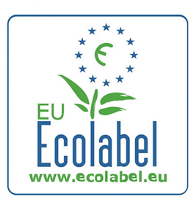 |
Ecolabel: validated by the European Union, it guarantees a product life cycle with a low environmental impact. |
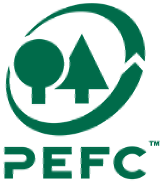 |
PEFC: stands for Programme for the Endorsement of Forest Certification and certifies that trees are harvested from sustainably managed forests. |
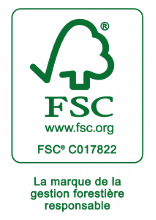 |
FSC: stands for Forest Stewardship Council, and means that the paper comes from forest areas with an overall sustainable management. |
 |
Blue Angel: a label awarded to products whose exploitation contributes to the reduction of environmental pollution. |
some eco-responsible alternatives to cardboard recycling What if recycling wasn’t the only ecological gesture for your paper or cardboard packaging? Different solutions exist: to find out about them, just follow https://blog.raja.fr/methode-5r-emballage-logistique
R for Reuse
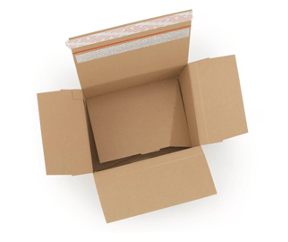 |
To save the earth’s resources, use reusable packaging. Returnable cardboard boxes or pouches avoid wasting new packaging in the event of a customer return. The trendy cotton bag is designed for reuse. |
R for Reduce
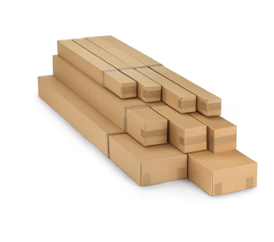 |
Reduce the amount of packaging you use by using formats that are adapted to your product. Optimised packaging comes in a variety of forms: variable height cardboard boxes, telescopic boxes, etc |
R for Replace
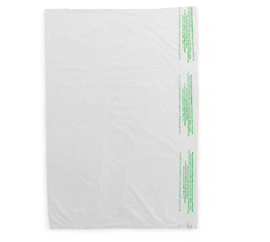 |
Today, you can choose from several alternatives to conventional paper and cardboard materials. For example, RAJAKRAFT kraft paper can be used to wrap or fill the space inside a package. This type of material is more durable and is available as an adhesive tape or a padded pouch. |
R for Renew
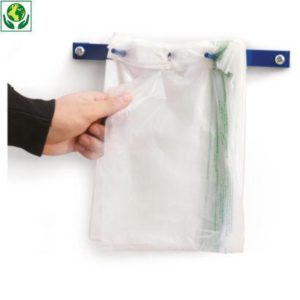 |
For this pillar, it’s all about choosing renewable alternatives to traditional packaging materials, while ensuring that the technical characteristics of the packaging are retained. Bio-based binder bags, which are as light as paper bags, are a compostable option, for example. |
find outmore about our 11 tips for environmentally friendly packaging and shipping. Due to the polluting manufacturing process, which is caused by chemical treatments, the recycling of paper and cardboard has become a must. The origin of the raw materials must also be taken care of to obtain more environmentally friendly paper and cardboard. At RAJA, we offer you many recycled packaging products for a more eco-responsible shipping!














